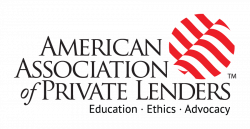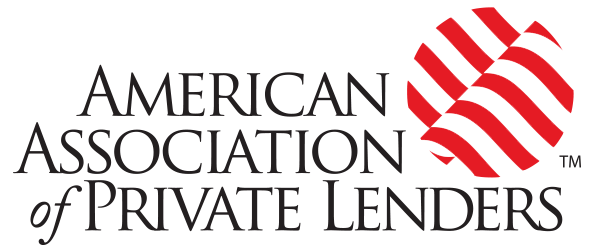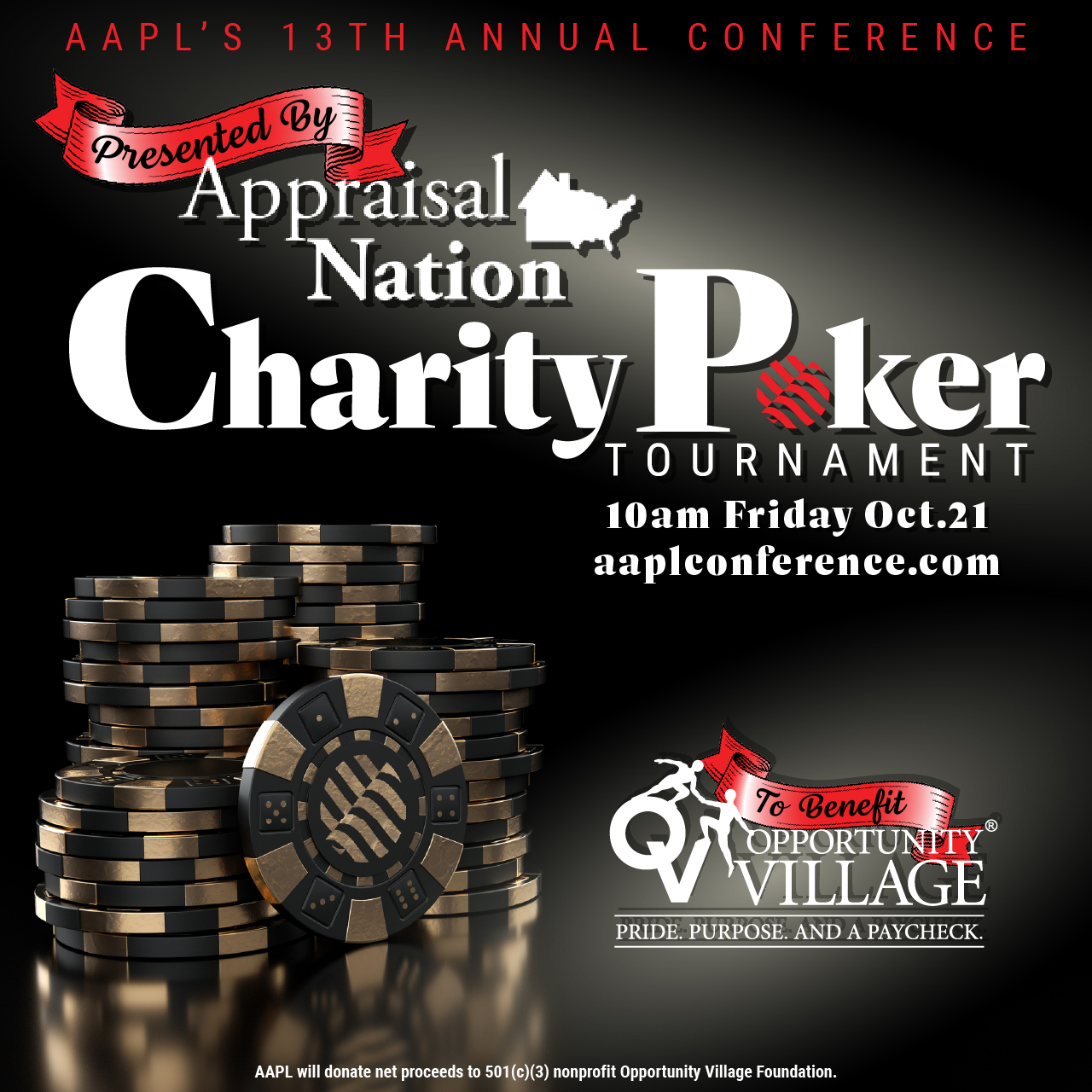Shortcuts and workarounds inside lending firms are opening the door to systemic abuse.
A common misconception is that fraud in lending originates primarily from borrowers, such as falsifying income or inflating property values. However, unethical practices within lending institutions often create fertile ground for fraud to flourish.
Examples of concerning practices include coaching borrowers on ways to circumvent investor funding guidelines, or shopping for multiple appraisals until a favorable one is found, while disregarding less favorable valuations. Some involve failing to validate sources of funds and “looking the other way” when red flags appear, or structuring transactions specifically to bypass credit standards set by capital providers or aggregators. Others mask lack of liquidity by adding payment reserves into the loan proceeds.
These actions may not always meet the strict legal definition of fraud, but they erode the integrity of the system in ways that are equally damaging. And, importantly, they are a direct violation of AAPL’s Code of Ethics. Much like cybersecurity breaches often start with insider vulnerabilities, fraud in private lending is often enabled, or even encouraged, by those within the organization.
Cultural Pressure
Unethical behavior rarely arises in isolation. In many cases, it is a byproduct of systemic pressures. Lending firms often face aggressive quarterly profit targets, pushing executives, originators, and underwriters to prioritize volume over quality.
This pressure creates an environment in which inflated valuations go unchallenged, credit depth is ignored if FICO scores appear sufficient, appraisals are “shopped” until they fit the deal structure, or underwriting guidelines are deliberately vague or inconsistently applied.
When these practices become culturally acceptable within a business, they not only increase financial risk but also normalize behavior that borders on deception. The line between aggressive deal-making and fraudulent misrepresentation becomes increasingly difficult to distinguish.
Case Studies That Cross the Line
Manipulating Approval Processes. In one documented case, a lender requested that its loan origination system provider generate two different sets of approval letters for the same deal.Each version contained different calculations of loan-to-cost (LTC), after-repair value (ARV), and loan-to-value (LTV). The version given to the borrower overstated reserves, giving the appearance of liquidity. The version sent to the capital provider used a different calculation to mask the fact that required reserves were being funded directly from loan proceeds.
This deliberate manipulation not only circumvented aggregator credit guidelines but also misrepresented the borrower’s true financial position. And the risk goes even further: If a technology provider allowed this kind of practice to occur systemically, it could institutionalize the fraud.
Exploiting Personal Relationships. Another example highlights the risks of blurred personal and professional boundaries. A relatively new lender sought to establish credibility with a capital provider by cultivating a close, “friendly” relationship with a key decision-maker. Over time, this personal connection influenced underwriting approvals, allowing loans to pass through that did not meet objective standards.
Although networking is a legitimate business tool, using personal leverage to override risk controls undermines fairness and accountability.
Broader Industry Concerns
These cases are not isolated incidents but symptoms of a larger issue: the private lending sector’s vulnerability to ethical drift. Several structural factors contribute.
Subjective Appraisals. Property valuations often contain a degree of subjectivity, leaving room for manipulation when lenders or brokers selectively emphasize certain comparables.
Inconsistent Underwriting Standards. Without clear standard operating procedures (SOPs), underwriting becomes a matter of discretion rather than discipline.
Capital Provider Dependence. Lenders that rely on external capital sources may feel compelled to “massage” loan files to meet investor criteria, even when doing so misrepresents borrower risk.
The result is a cycle where questionable loans get funded, losses mount, and confidence in the sector erodes.
Ethics as Risk Management
The stakes are high. Fraud and unethical practices not only harm individual investors and borrowers but also tarnish the credibility of the entire private lending market. To mitigate, experts recommend the following safeguards.
Strengthen Underwriting Integrity. Lenders should enforce strict SOPs, requiring independent third-party verification of borrower liquidity, collateral values, and repayment capacity. Dual or manipulated approval processes must be eliminated through system safeguards.
Implement Transparency Standards. Clear disclosure of loan terms, appraisal methodologies, and underwriting assumptions should be mandatory. Transparency builds trust with both borrowers and capital providers.
Monitor and Audit Internally. Internal audits, combined with external reviews, can help detect patterns of misrepresentation. Whistleblower protections further encourage employees to report unethical practices.
Align Incentives with Long-Term Performance. Compensation models that prioritize short-term loan volume over portfolio performance incentivize risk-taking. Rebalancing incentives to reward sustainable performance reduces pressure to cut corners.
Foster an Ethical Culture. Emphasize that integrity is nonnegotiable, providing ongoing training and setting clear expectations for all employees and partners.
Our industry occupies a vital space in the financial ecosystem, but its growth has exposed vulnerabilities. While borrower misconduct remains a concern, the greater risk lies in shortcuts taken by lenders themselves—whether through appraisal shopping, biased approval processes, or leveraging relationships to bypass underwriting rigor.











Great Article Sam!